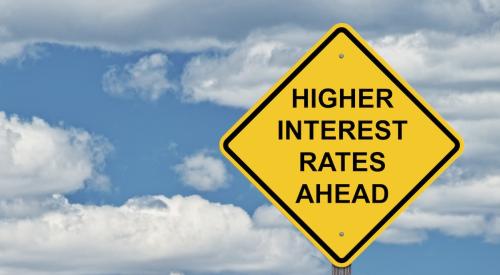The January employment report in the U.S. showed that job growth exceeded many expert forecasts. As a result, bond yields rose, and the average rate on 30-year fixed mortgages is now at 4.5 percent.
"This isn't a knee-jerk reaction to some headline event. It's a broad-based, deliberate move," Matthew Graham, chief operating officer at Mortgage News Daily, explained to CNBC. "A quick return to December's levels is unlikely, even though we may get some relief on the way higher. How much higher is hard to say, but at a certain point, high rates are self-correcting. We're probably at least half-way to that magic line in the sand."
Boiling the change so far down to a monthly payment, if a borrower took out a $200,000 mortgage in the middle of December, when the average rate was around 3.875 percent, they would have had a monthly payment of $940 (that's not including taxes and insurance). If they were to take out that same loan today, the monthly payment would be $1,013.












